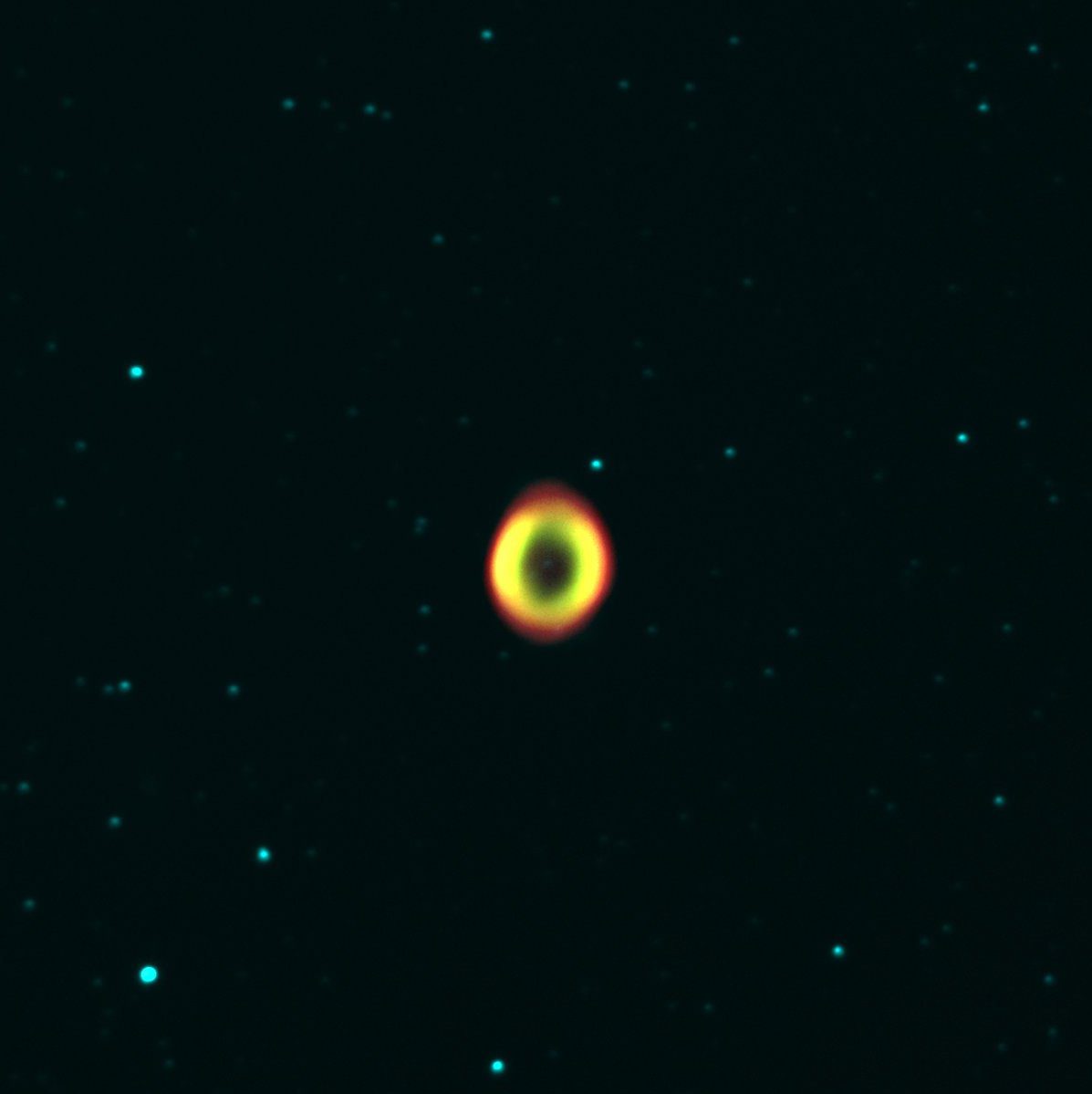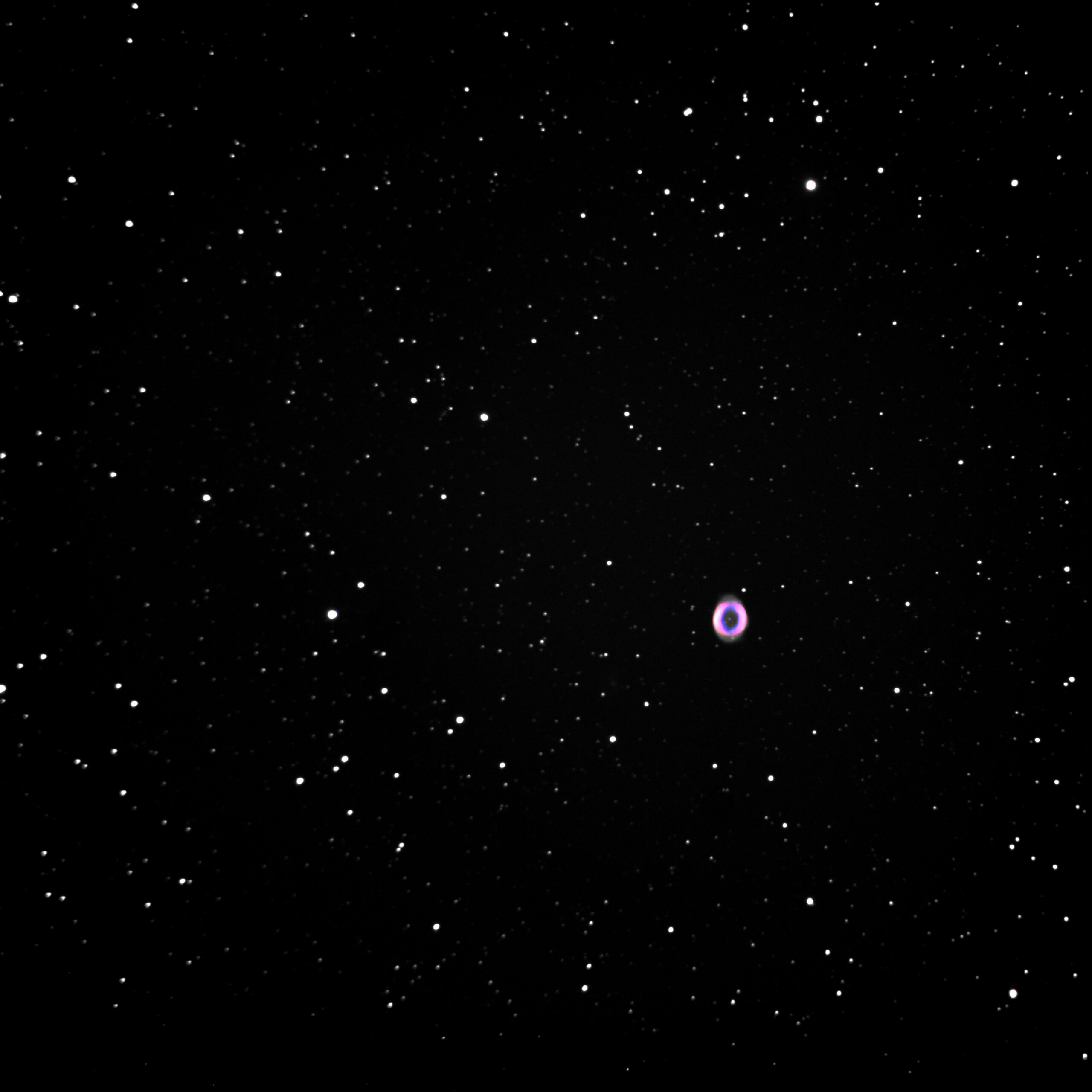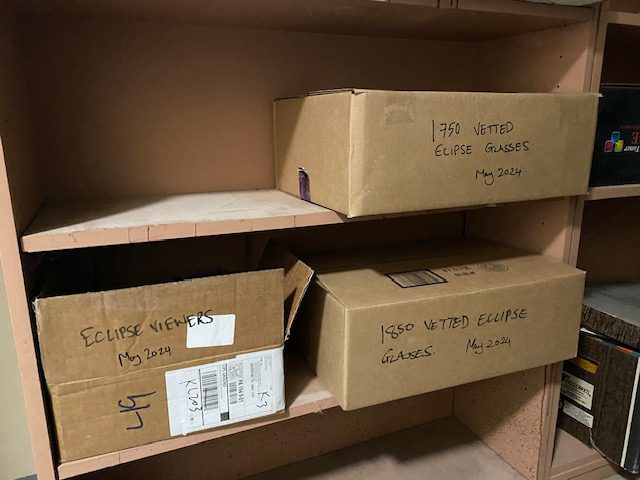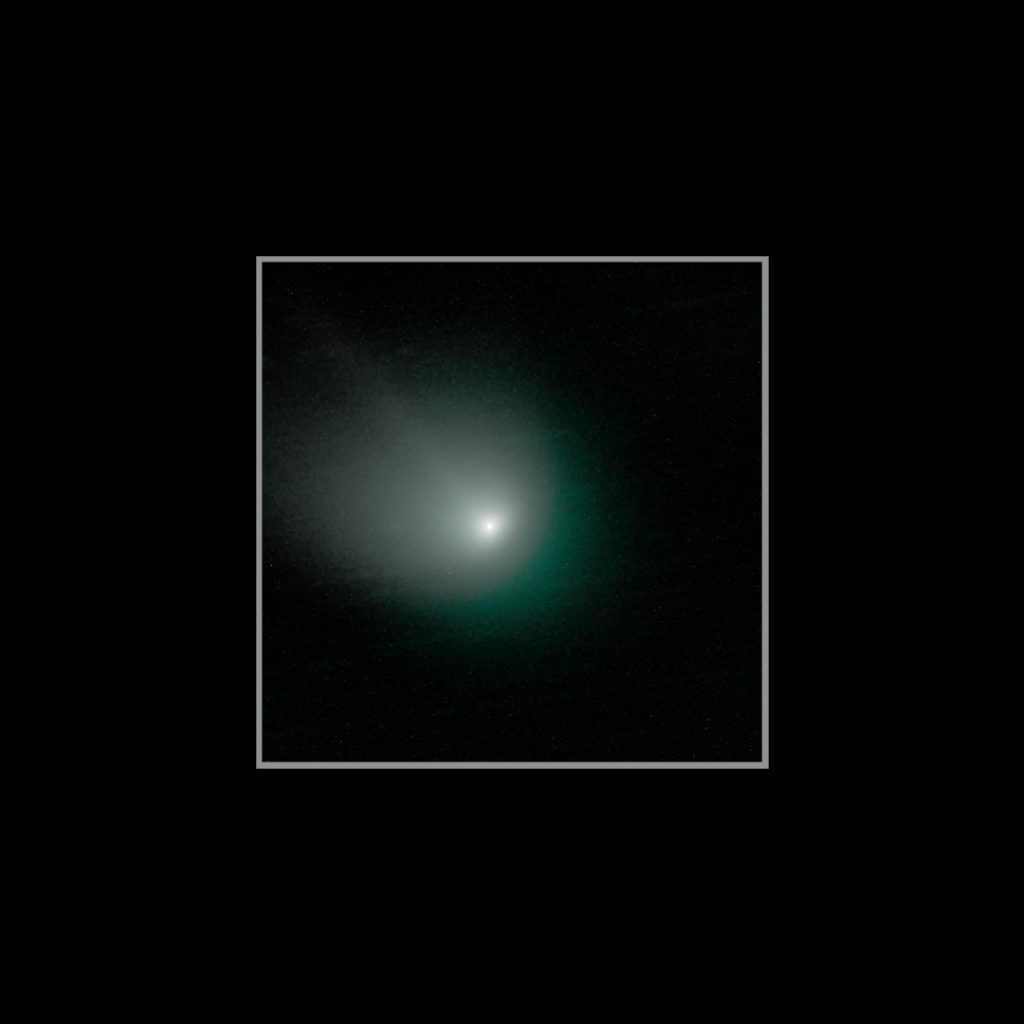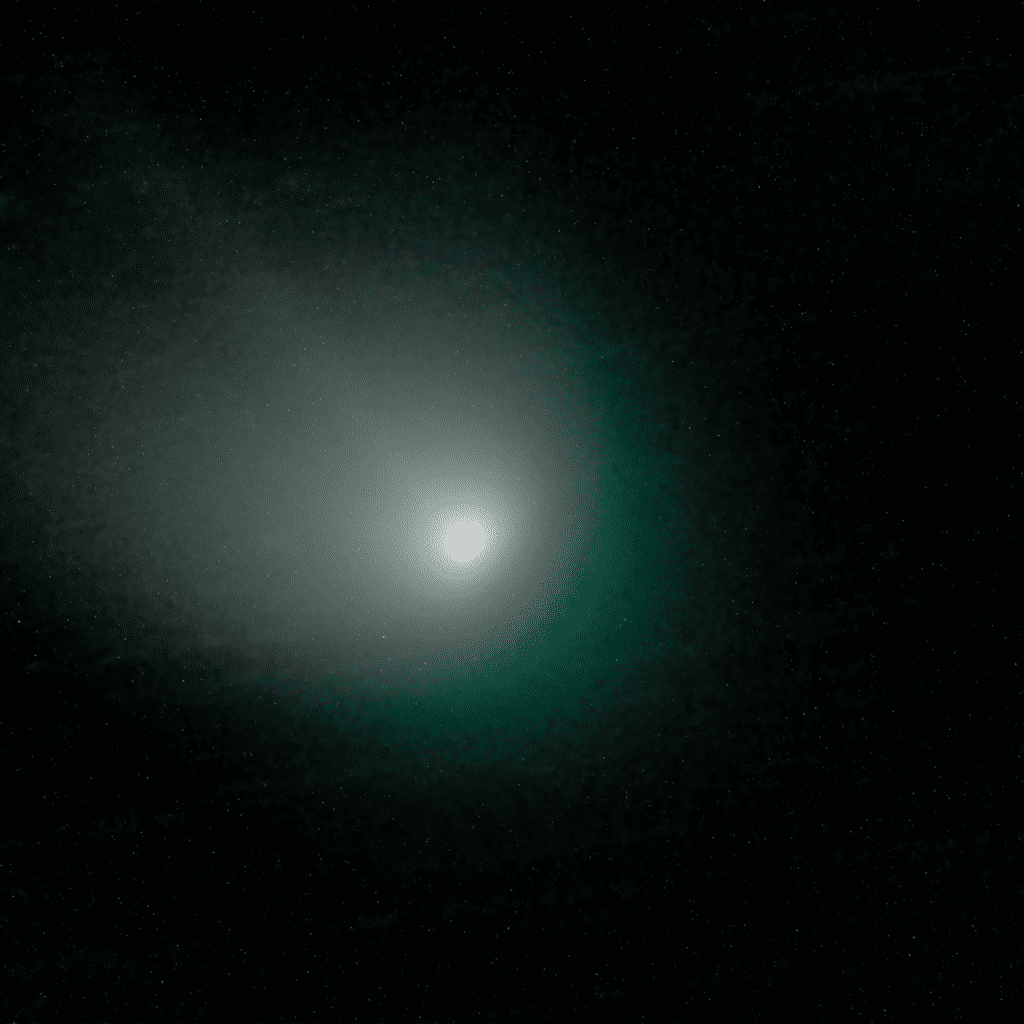A very belated post of images taken in the Fall 2022 semester with our telescope.
This assignment is intended to give students the opportunity to practice taking imaging data with the 16” telescope and CCD, and to learn how to do basic image calibration and alignment using AstroImageJ.
The variety of colour choices should help with understanding about how to observe extended objects through a telescope, and how the colourful astronomical imagery, which is so common in our textbooks, and all over the internet, is made.
The goal was simply to take an image of a Messier list object (e.g. star cluster, nebula or galaxy) which you will then process with standard procedures in the open source AstroImageJ software to make a well composed and attractive image.
Students were also asked to write a caption suitable for an “Astronomy Picture of the Day” like display.
This shows a selection of the 18 submissions (from 7 observing groups) from Fall 2022.
The Crab Nebula, M1
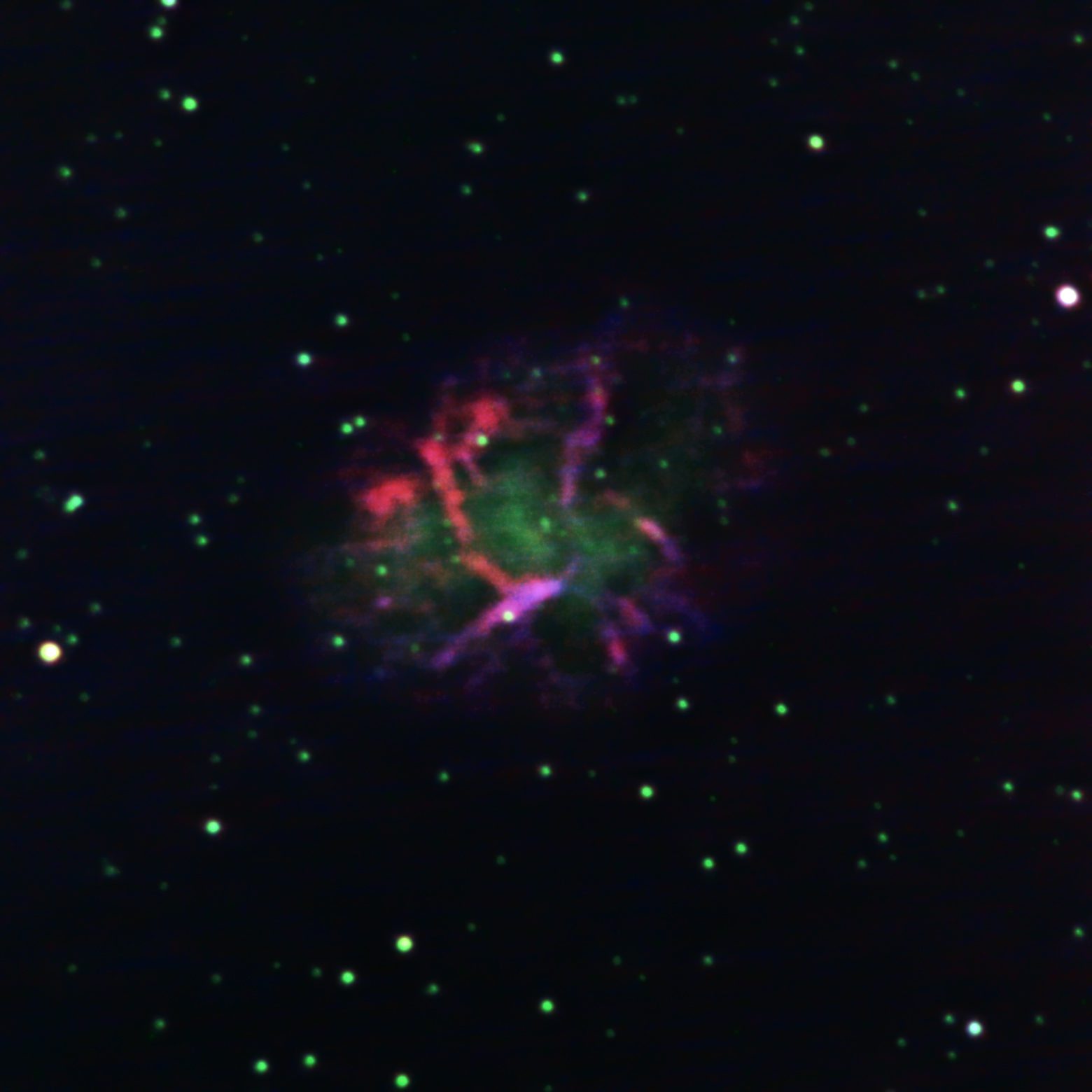
Data Collection by Anubhav Sharma ‘23, William Flanders, Darshan Patel ‘24
Processing and caption by Darshan Patel ‘23
The Eagle Nebula, M16
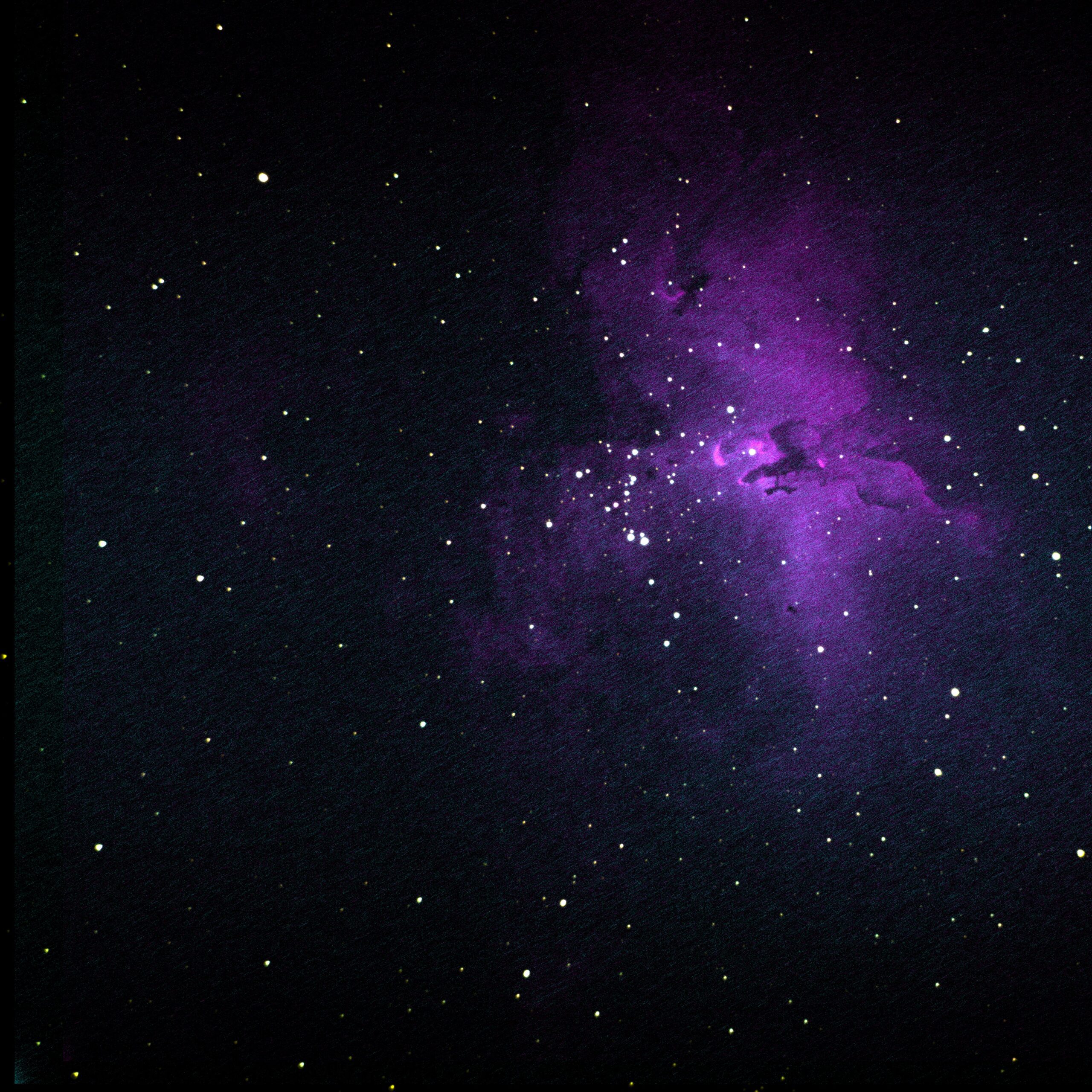
Data Collection, Processing and Caption by Hedy Goodman ‘23 and August Muller ‘23
Globular Cluster, M22
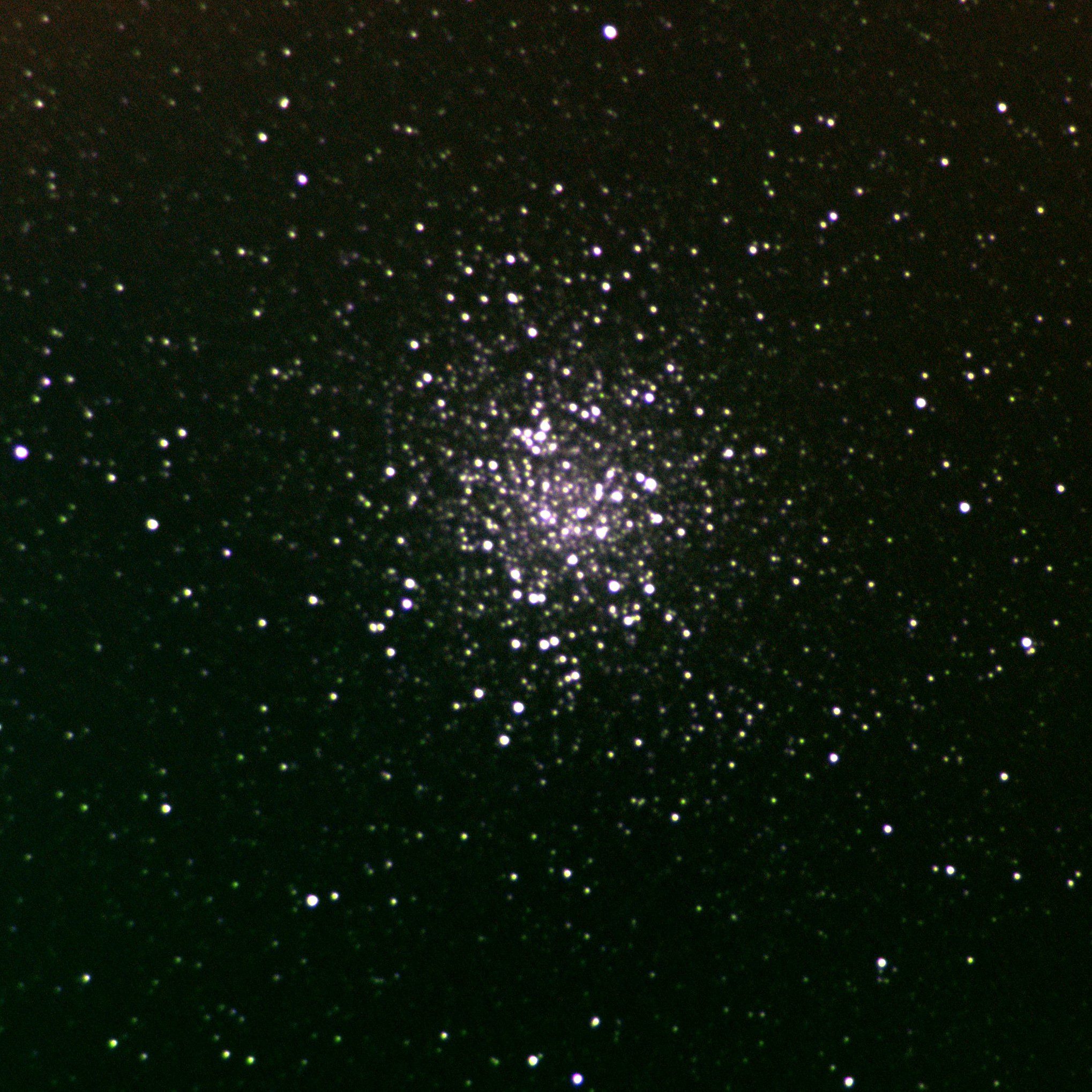
Data by Ben Alexander ‘24, Lydia Guertin ‘24, Becca Lindenbam ’24
Processing and caption by Ben Alexander ‘24
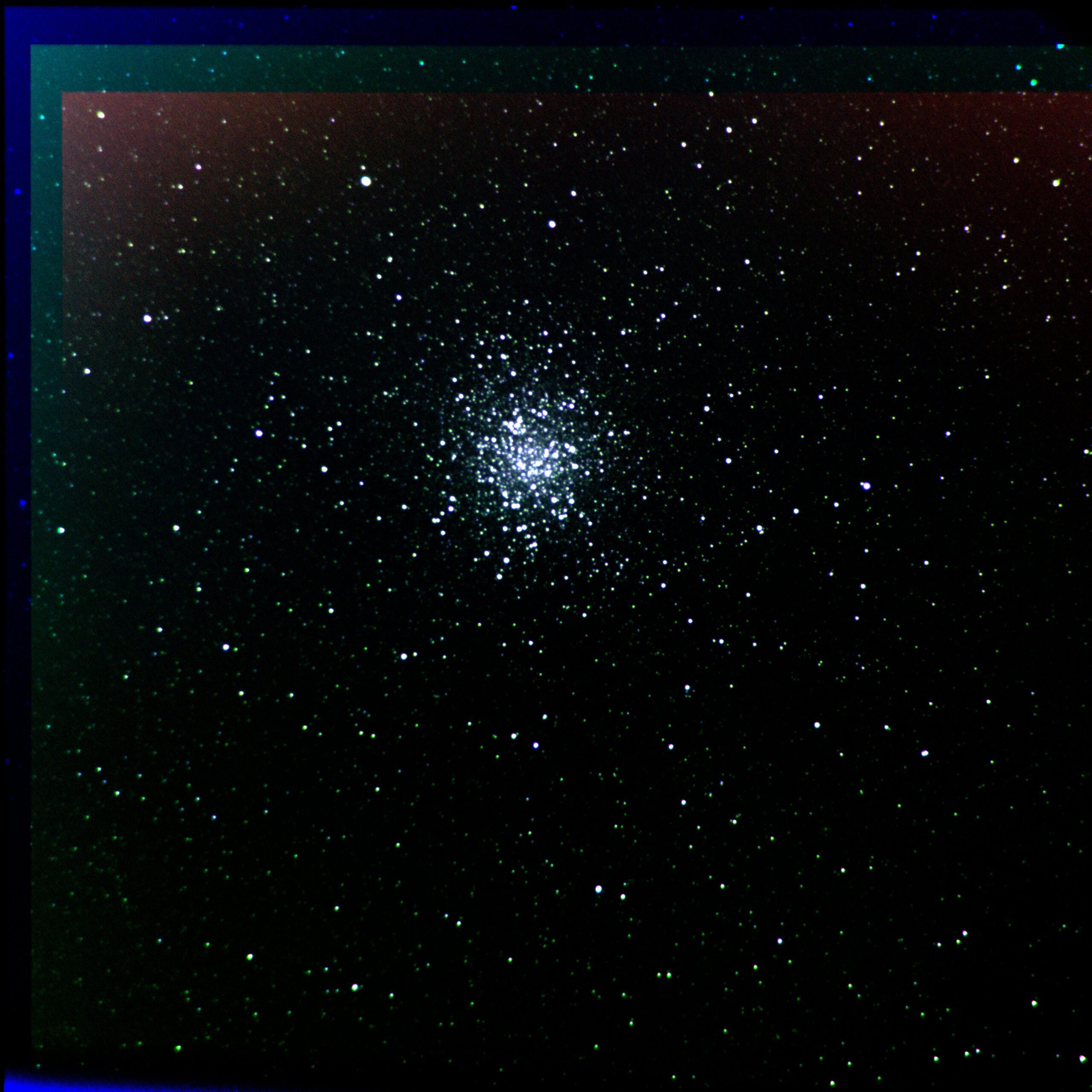
Data by Ben Alexander ‘24, Lydia Guertin ‘24, Becca Lindenbam ’24
Processing by Becca Lindenbaum ‘24 caption by Lydia Guertin ‘24
The Ring Nebula, M57
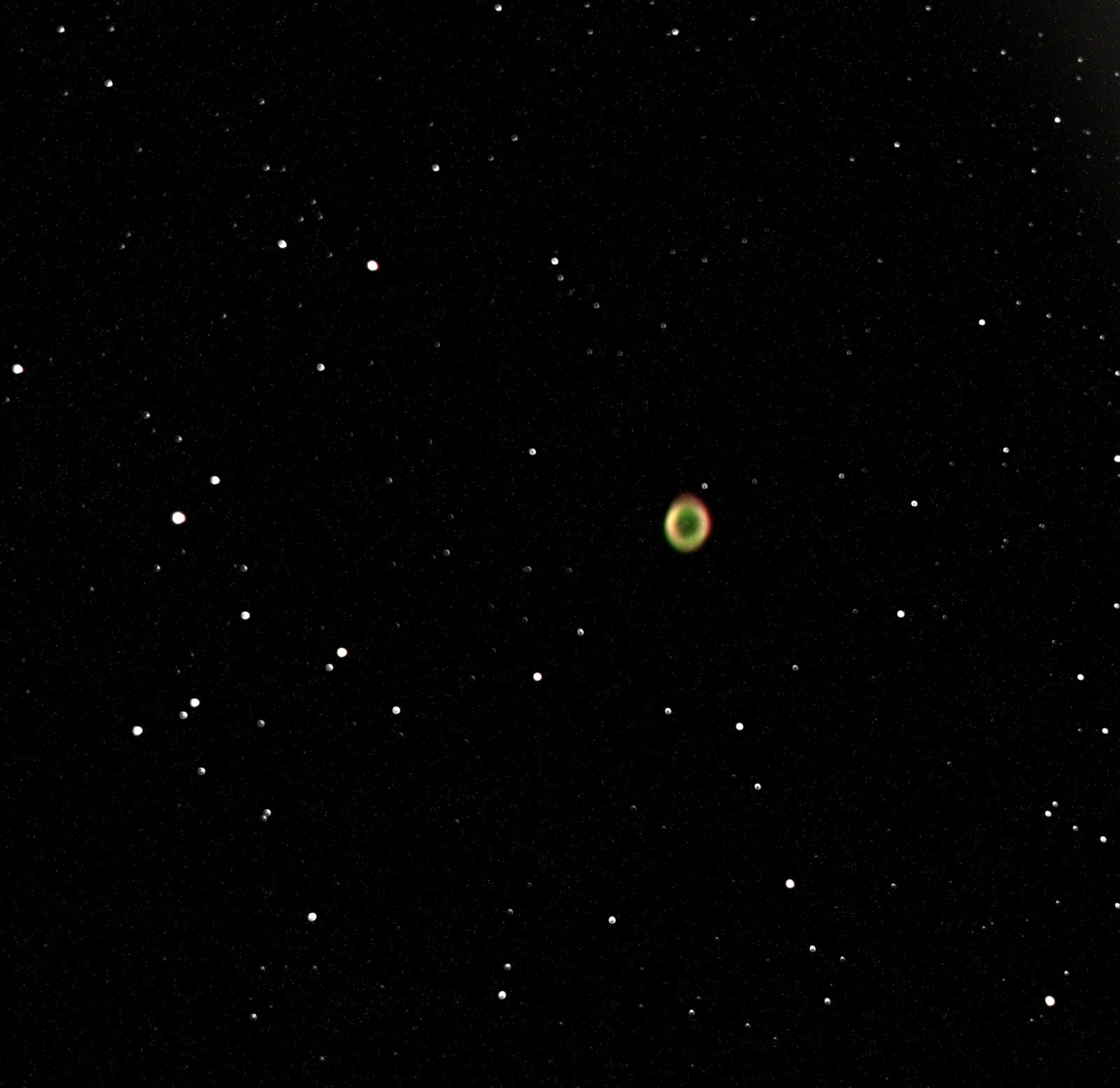
The Ring Nebula (M57) is one of the most well known nebulae in the northern hemisphere. It dwells in the constellation of Lyra, and every summer it looks down from heaven. It is about 1 lightyear across and 2500 lightyears away from us. It is a planetary nebula – the colorful atmosphere is forged by the dying sun-like star in the center through ionization. We took this image on September 8th, 2022 with a 16-inch telescope and a 4096 pixels × 4096 pixels CCD. The red color of the outer part of the ring represents Hɑ emission; the green color of the inner part represents the doubly ionized Oxygen emission; and the brightness scale is provided by the image without filters. These ionized emissions differ the Ring Nebula from the other (white) stars in the background.
Image credit: Xingyun Yang ‘24, JT Turner ‘24, Intouch Srijumnong ‘24
Caption by Xingyun Yang
Processing by JT Turner ‘24
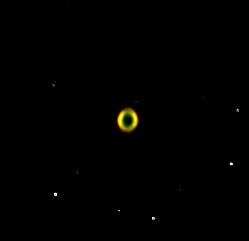
Processing by Indy Srijumnong‘24
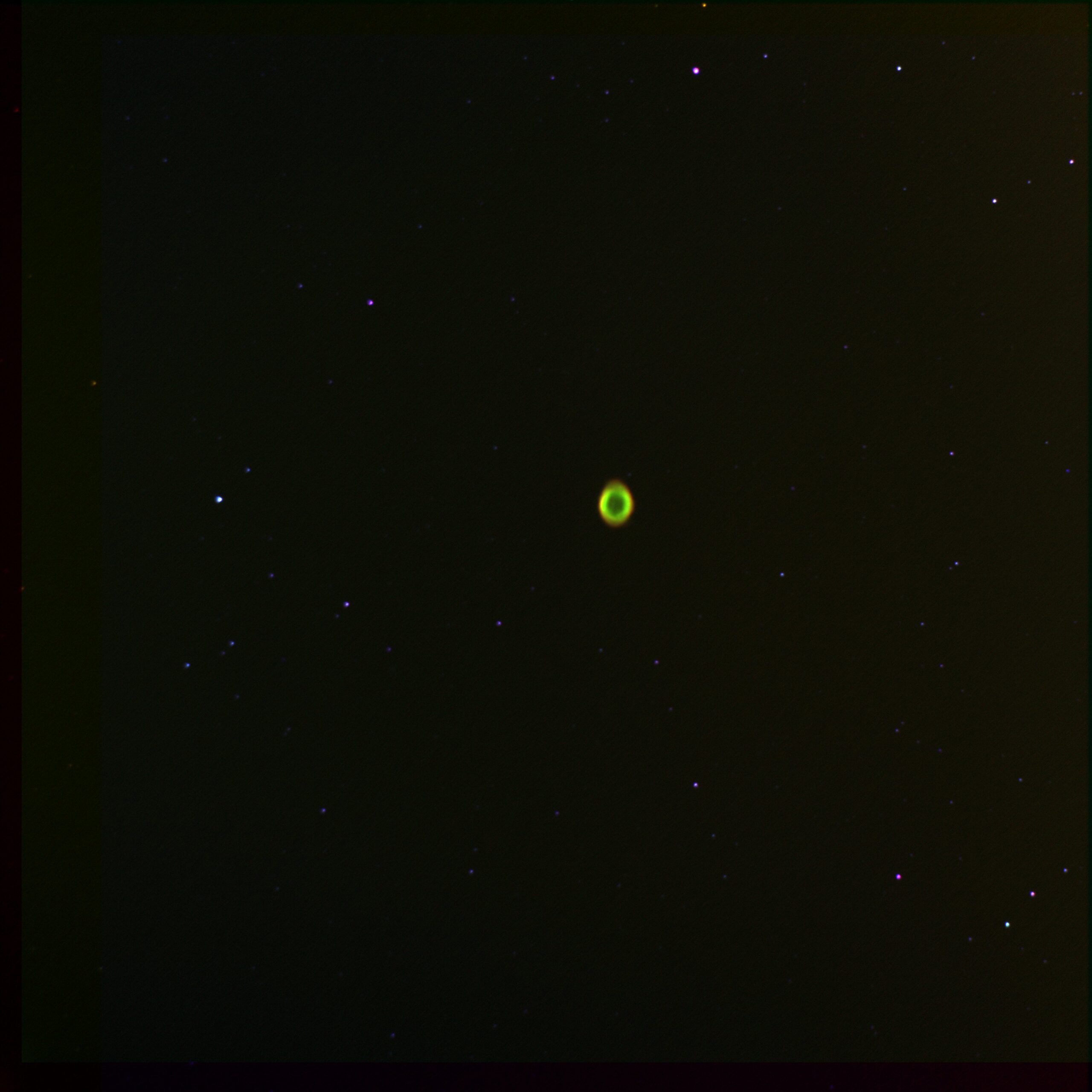
Processing by Emma Martignoni, Caption by Petra Megistu
The Ring Nebula, M57, is one of the four planetary nebulae in the Messier catalog, having an apparent magnitude of 8.8. As characteristic to planetary nebulae, M57 is most distinctly identified by its unique ring shape representing the ionized outflow of gas from the remnant core of a dying star. This ring shape, however, is our perceived presentation of the thin spherical shell of ejected material from the white dwarf as projected onto a side view. Although it is difficult to see the central white dwarf, the ejected material is visible as a colorful annular halo observed in the different narrowband emission filters. Since the outer regions of gas are at a cooler temperature, the red outer halo reflects H-alpha emission resulting from relatively low energy photons, whereas the green color of the inner ionized gaseous regions show O-III emission due to the higher energy photons from the evolving white dwarf. Hence, the surrounding ejected gas and dust material contain ionized H-alpha and O-III accumulated in an apparent ring structure enclosing the dying star, while the surrounding stars shown in blue display portions of the Lyra Constellation as imaged using an open filter.
